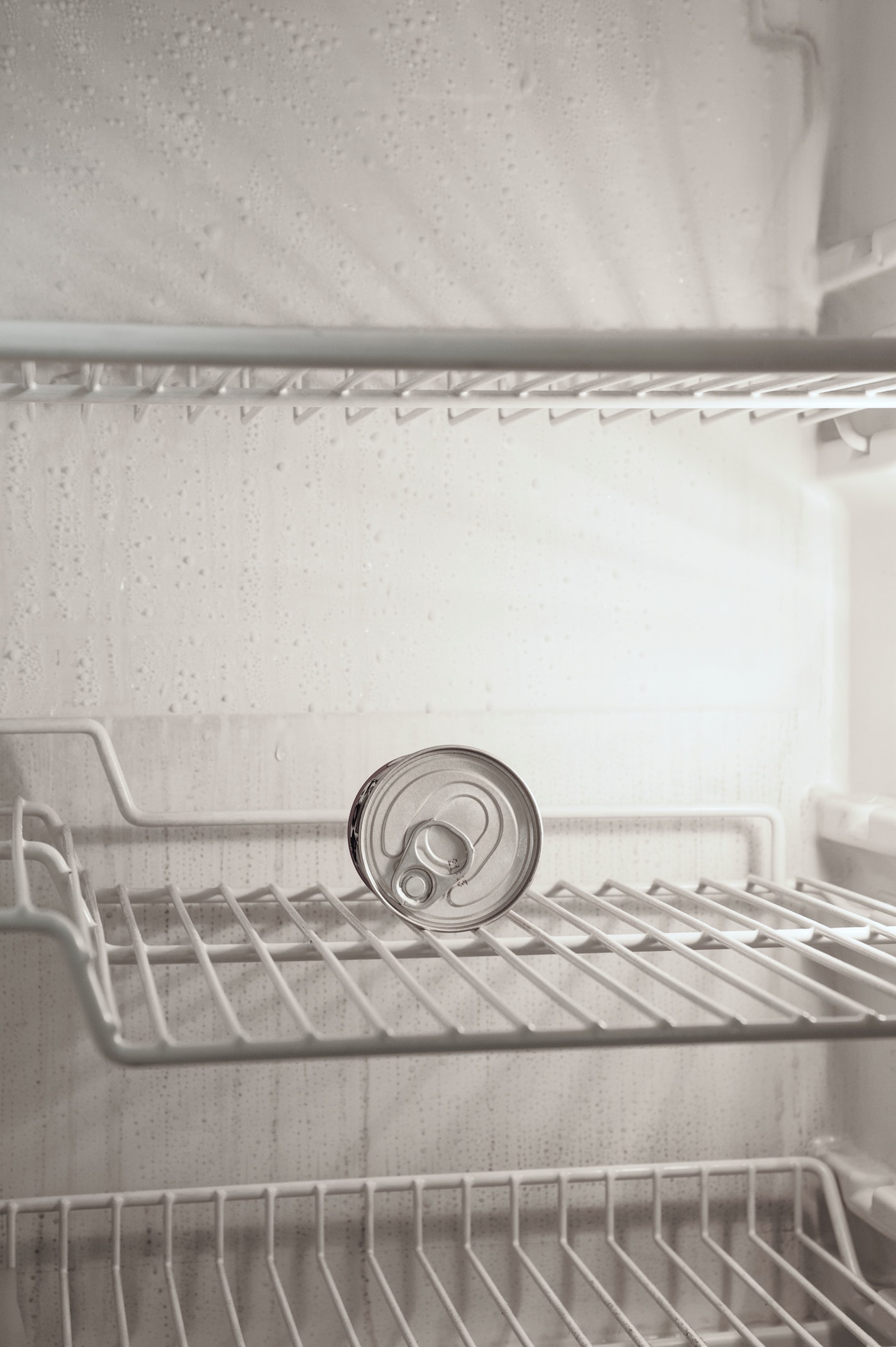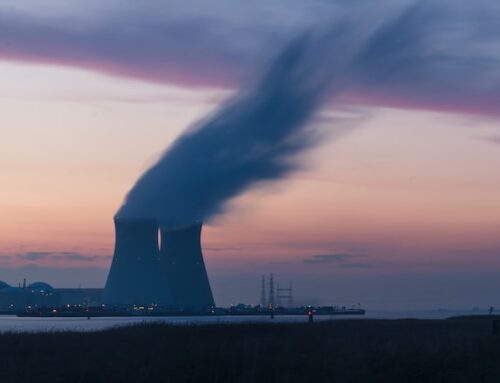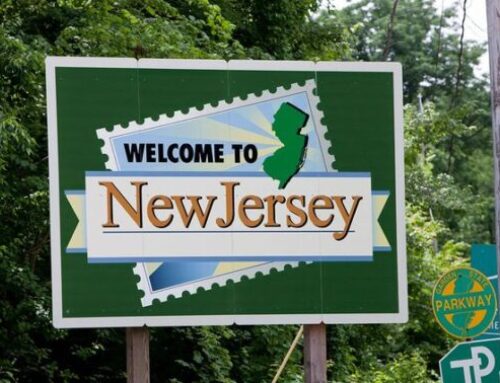The initial panic of the pandemic that left store shelves barren of hygienic products like sanitizer and even various meat products, shed light on the weaknesses in the world’s supply chain. Because of this, larger logistic companies are circling the “small guys” in cold warehousing and distribution like a shark feeding frenzy.
The inefficiencies of smaller, independent facilities lie in outdated technology, lack of capital for facility upgrades, and overhead – mainly energy efficiency upgrades. These smaller facilities are also usually owned by entrepreneurs with little access to working capital compared to larger competitors like AmeriCold or Viking Cold Solutions. These independent facilities also utilize third distribution companies which raise the problems of inefficient transportation; or regarding the pandemic, lack of transportation. One would even be surprised to learn that larger companies like Sysco and US Foods utilize a third-party distribution model whereas Walmart does not. By not using third party distribution, Walmart is able to predict specific delays in transportation or lack of product in certain stores; mitigating shortages.
These shortages have inspired commercial property groups such as JLL and private equity groups like Blackstone to start buying up the smaller players. This has even given the green light for the larger players to expand their footprint. AmeriCold company filings reported that AmeriCold Realty Trust completed more than $1.4 billion in acquisitions and increased its portfolio by 17%. AmeriCold and Lineage Logistics are currently two of the most active acquirers. Reminding the smaller companies that their lack of diversification may just be their demise. The April meat shortage in the Midwest due to multiple meatpacking plants testing positive for Covid, leading to their closures, supports this notion.
Burgeoning demand and changing consumer habits are branding cold storage as prime real estate. JLL estimates that in order to meet the demands of the growing population, the US will need an additional 100 million square feet of cold storage space on top of their existing 214 million square feet by 2026. However, the growing population isn’t the only factor adding to demand. As social distancing becomes “the new norm” online food purchasing will also drive demand for additional warehousing. Brian Beazer, the chairman of World Food Logistics Organization says: “The dominant trend in logistics is for large institutions to pick up smaller players. Companies will meet demand by not just acquiring those that already exist but also by building new facilities.”
Written by: Kristin DeBias
Sources: JLL real estate journal, Forbes







Leave A Comment